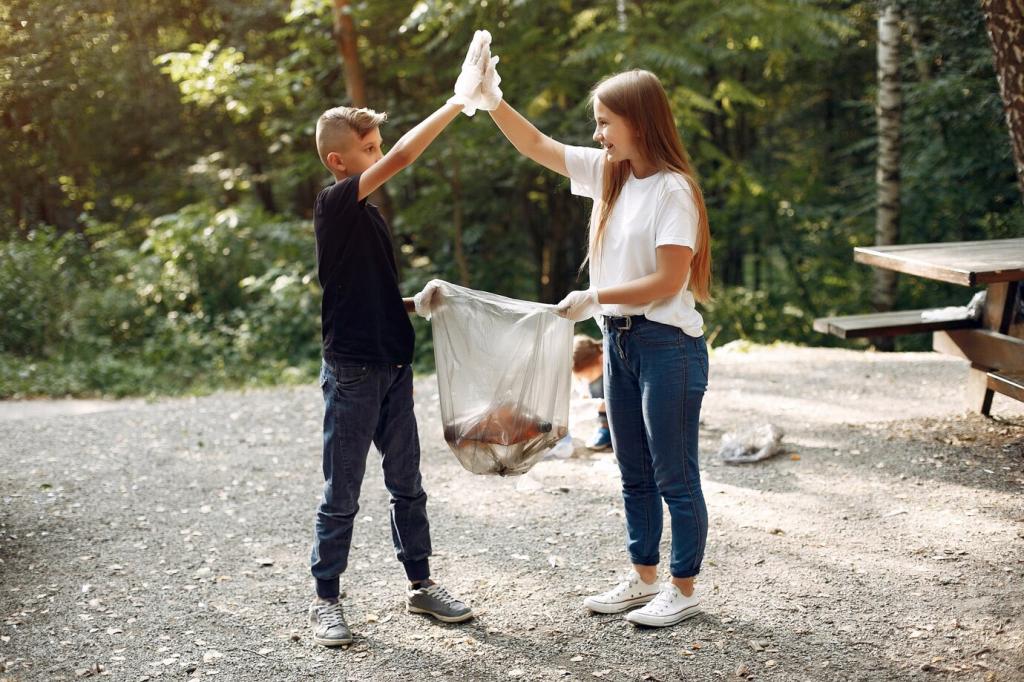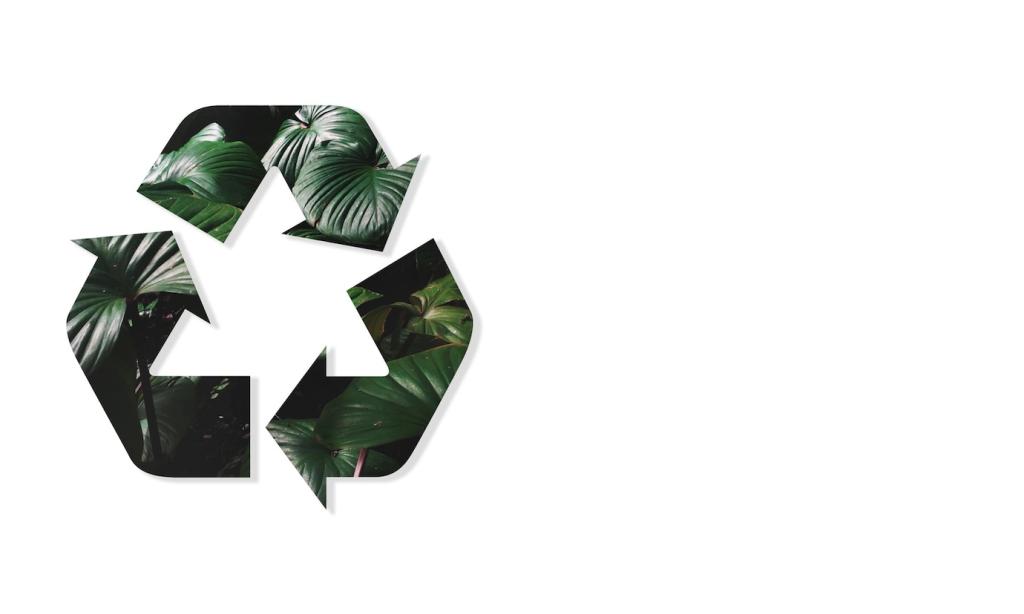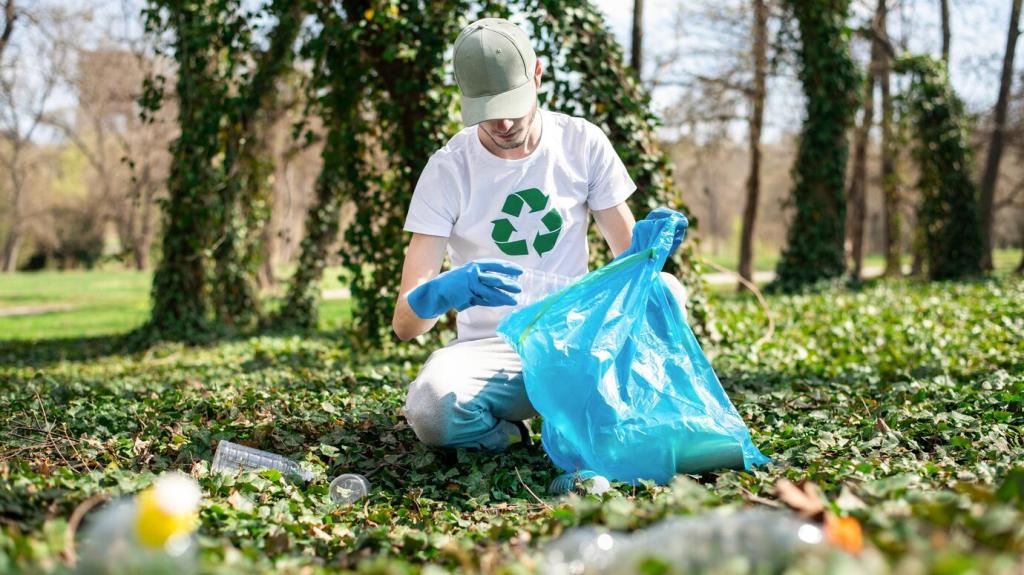
Guidelines for Selecting Sustainable Upholstery
Selected theme: Guidelines for Selecting Sustainable Upholstery. Welcome to a practical, inspiring guide for choosing fabrics and finishes that elevate your space while reducing environmental impact. Explore materials, certifications, care, and real-life stories—and join our community for mindful living.
Natural and rapidly renewable fibers
Consider wool, linen, hemp, jute, and organic cotton for durability, breathability, and lower chemical loads. These fibers often require fewer pesticides, age gracefully, and can be repaired or reupholstered without complex, high-toxicity treatments.
Recycled and thoughtfully engineered textiles
Recycled polyester and nylon can cut raw resource use, especially when solution-dyed for lower water and energy. Ask suppliers about microfibre shedding controls, take-back programs, and how their yarns maintain strength over years of daily use.
Low-impact leather and innovative alternatives
If choosing leather, prioritize vegetable-tanned and transparent supply chains. Explore alternatives like cork, mycelium, or apple-based composites. Always verify durability, repairability, and finish chemistry to avoid problematic coatings and unnecessary solvent emissions.



Durability, Performance, and Everyday Health
Check Martindale or Wyzenbeek rub counts for abrasion resistance, review pilling ratings, and ask for lightfastness data if seating faces windows. A durable fabric decreases waste, saves money, and extends the product’s useful life significantly.


Durability, Performance, and Everyday Health
Avoid persistent PFAS stain repellents when possible. Prefer tightly woven constructions, fiber-level solution dyeing, and removable, washable covers. Confirm cleaning codes, and test swatches at home with coffee, oil, and gentle detergent before committing.
Design for Repair, Reuse, and End‑of‑Life
Slipcovers and zip-off cushions make cleaning and replacement easy. Modular pieces allow partial refurbishment instead of whole-sofa replacements, lowering material waste and cost while refreshing style for changing rooms and evolving family needs.
Ethical Sourcing and Shorter Supply Chains
Traceability and honest storytelling
Ask where fibers were grown, spun, woven, dyed, and sewn. Good suppliers share mill names and locations, not vague regions. Trust deep transparency over glossy sustainability pages with little verifiable, product-specific information.
Local makers and repair ecosystems
Choosing nearby upholsterers shortens freight, supports skills, and simplifies repairs. Local professionals can source compatible fabrics, match finishes, and extend furniture life, creating a community loop of maintenance rather than throwaway consumption.
Fair wages and safe workplaces
Look for social audits and certifications that go beyond minimal compliance. Ask brands how they verify labor conditions and overtime practices, and whether long-term partnerships, not spot buying, underpin their supplier relationships.

Routine cleaning and gentle products
Vacuum with a soft brush weekly, rotate cushions, and spot-clean quickly using mild soap and cold water. Avoid harsh solvents. Simple, consistent care dramatically reduces deep stains and prevents premature fiber wear.

Sunlight, humidity, and airflow
Direct sun can fade dyes and weaken fibers. Use curtains, UV films, or rotate pieces. Maintain balanced humidity and airflow to discourage mildew, preserving both the look and structural integrity of upholstery materials.
Stories, Trade‑Offs, and Smarter Budgets
A durable, repairable fabric with transparent chemistry may cost more upfront but lasts longer and feels better. Spread investment over years of use, factoring fewer replacements and healthier indoor air.


Stories, Trade‑Offs, and Smarter Budgets
One reader rescued a thrifted armchair with a solid FSC-certified frame. Linen-hemp upholstery, water-based finishes, and removable covers turned a landfill-bound piece into a daily favorite—with change to spare for fresh plants.
